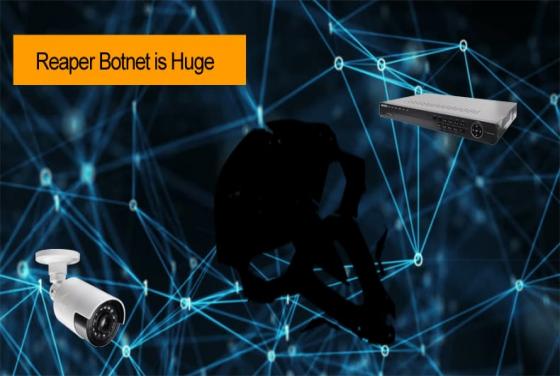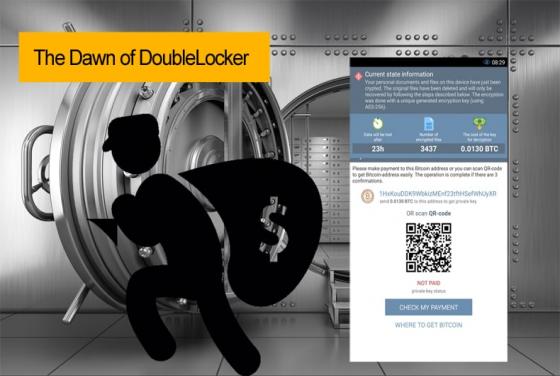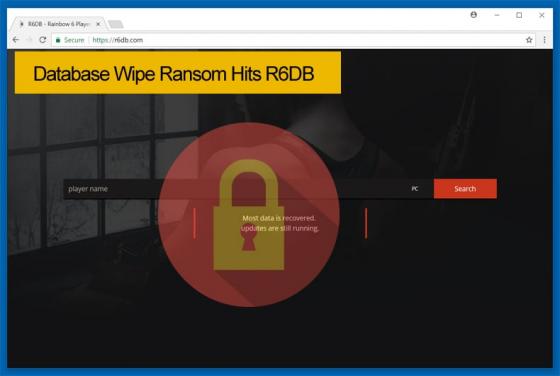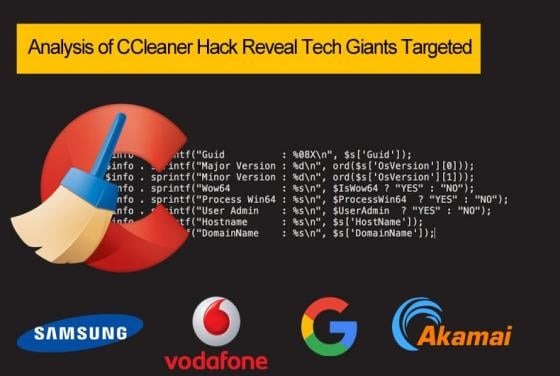

Reaper Botnet is Huge
Since the middle of September, researchers have been watching an Internet of Things Botnet grow by nearly 10,000 infections per day. The botnet has been codenamed IoT_reaper. The current size of Reaper is estimated to be over 2 million infections. Much has been published over the years about how vul








